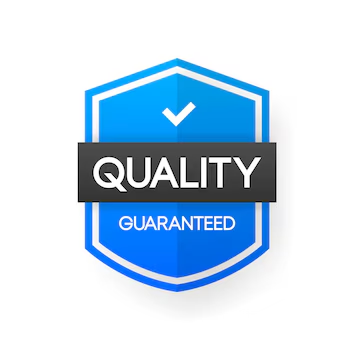RQ: Is there a relationship between a high score on the NPI (Narcissistic Personality Inventory) and alcohol abuse in mothers?
The goal of methodology in a research proposal is to outline the design strategies used to identify participants or subjects in the study, how you propose to collect data, and how you plan to analyze data.
For this discussion, draft your introduction to the methods section and in the second and third paragraphs, provide a draft of your targeted population (and include your proposed sample).
Methods
Introduction
The purpose of the introduction to the methods section is to provide an overview of your design strategy and explain how your design strategies will help you answer the proposed research question.
Research Question
In your introductory paragraphs to the draft of Chapter 3: Methodology of your integrative project, you will write out your research question. If your research question is quantitative, you will also write out your hypothesis or hypotheses. In addition, you will explain how the research question is part of a logical progression, having emerged from the research problem or the identified gap in the literature as you reviewed the literature for your Unit 4 assignment.
Write your research question at the top of the post. You may upload your draft as an MS Word attachment, but be sure to copy and paste the text into the message box as well.
Sample
In this section of the methodology, you will describe the study participants, how they provide data, how they will be recruited into the study, and any ethical considerations important to the planning of the proposed investigation.
Target Population
Describe the following in your draft for the targeted population:
Identifying characteristics and number of individuals, dyads, groups, or units in the study.
Your inclusion and exclusion criteria.
Your recruitment strategy.
Your sampling strategy.
Ethical considerations pertinent to the protection of subject or participant vulnerabilities.
When writing about the target population, imagine that you are trying to convince a panel of experts to fund your proposed research. Have you thought about contingencies regarding the nature of the population? Do you have criteria that will support your effort to get clean data that is free of unnecessary variables or distractions? For instance, if you are collecting data from single mothers, will it help or hinder your study to include single mothers with a history of major depression? Making this kind of decision characterizes the planning of inclusion and exclusion strategies.
Quantitative and qualitative studies have different sampling designs: randomized sampling strategies are typically quantitative; purposive strategies are typically qualitative. Be sure that you know which strategies suit your research question.
Recruitment refers to how participants are invited into the study. Explain your plans in a way that other researchers could follow; if the study is quantitative, others should be able to replicate your study like a recipe. If the study is qualitative, the goal is to provide a trail of evidence that another researcher could follow. The trail is presented as a resource that takes subsequent researchers through the steps that led to interpretations of findings.
Ethical considerations are built on the principle that a researcher must do no harm. Privacy needs of participants, including secure data storage, must be addressed. Depending on the type of research planned, contingencies must be considered. Employees’ jobs must not be jeopardized; pseudonyms are recommended and other support strategies may be needed.





 August 9th, 2020
August 9th, 2020 

